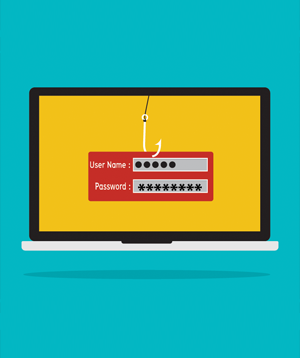 Best practices for email deliverability begin as soon as you acquire a new email address. When it comes to email acquisition, asking permission and letting the subscriber know what to expect are two basics you don’t want to forget.
Best practices for email deliverability begin as soon as you acquire a new email address. When it comes to email acquisition, asking permission and letting the subscriber know what to expect are two basics you don’t want to forget.
The worst email deliverability problems arise from the sign-up process itself. While this is a particularly troublesome issue for retailers collecting emails at store locations, any business building their mailing list can run into such problems. Adding new email addresses to your list can present challenges for even the most scrupulously maintained list.
When you want to go on a date with someone, you first have to get their permission to contact them by asking for their phone number. It’s the same concept. You have to get someone’s permission before acquiring someone’s email for your mailing list.
A first date also involves setting expectations by talking about what you’ll be doing. Similarly, you want to let your list subscribers know what they’ll be getting in the future when they sign up with you.
New Signups: Proceed With Caution
According to experts, sending email to a new email address runs a high risk of your message ending up in the spam folder, since the sending address isn’t yet vetted and recognized. This is why it’s important to stay up-to-date with your email welcome campaigns. Experts say sending email to new sign-ups always carries an elevated risk of triggering spam filters, due to the unproven nature of the new email address. You also run the risk of tripping the spam filters if you have a backlog of new email addresses.
If this happens to you, it’s best not to email them all at the same time. This might get your messages blocked and filtered. Instead, spread out your welcome emails over the course of a few days or weeks, maintaining a low volume of welcome messages compared to your regular email messages. Doing this will limit any negative impact on your delivery rates and reputation as a sender.
The following is a list of bad email acquisition practices that you must avoid to lower the risk of ISP blocking and filtering:
• High rate of hard bounces (invalid addresses)
• High rate of spam complaints
• Low rate of subscriber engagement and response
• Unaccepted flavors of opt-in
• Triggering spam traps
• Spikes in email volume
There are two strong, proven methods of email acquisition: Double opt-in and opt-in confirm. Using these methods is a must when using high-risk channels of email acquisition such as POS collection. If a subscriber signs up for your list via Double opt-in or opt-in confirm, then you know that they truly want to receive your messages, and are more likely to engage with and respond to your future email campaigns. These methods also keep bad email addresses off of your list.
The two most common methods that marketers use to confirm email signups are opt-in and checked-box opt-in. You don’t necessarily have to follow up with a welcome email with these methods, but it is very much recommended.
Collecting email addresses via offline channels aren’t very reliable, and put you at risk of lowering the quality of your list. With offline methods, you’re more likely to collect incorrect addresses and/or get more complaints of spam.
Avoid Acquiring Lists You Didn’t Create Yourself
Appends, rentals and purchased lists can ruin the name of a brand, not to mention create major issues with deliverability. Typically, a brand will experience low open rates and click-through for these lists. Also, since the receiver isn’t expecting to receive an email from the sender, your emails can trigger spam filters, induce a high bounce rate, and receive unsubscribe requests and complaints. This means that your reputation is at risk of being sullied and the damage can take a long time to undo.
Since there is no way to verify the reliability of the addresses that have been collected, it’s possible that the sender’s IP address could become blacklisted. This can create a lot of damage at popular blacklists including Spamhaus. If your IP address gets on a blacklist, then any ISP referencing that list will automatically block any messages coming from your IP address.

